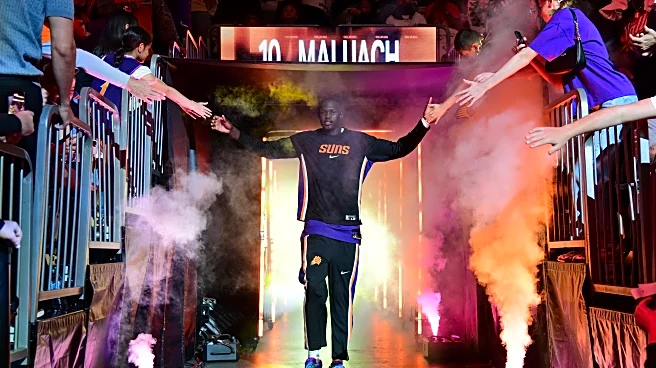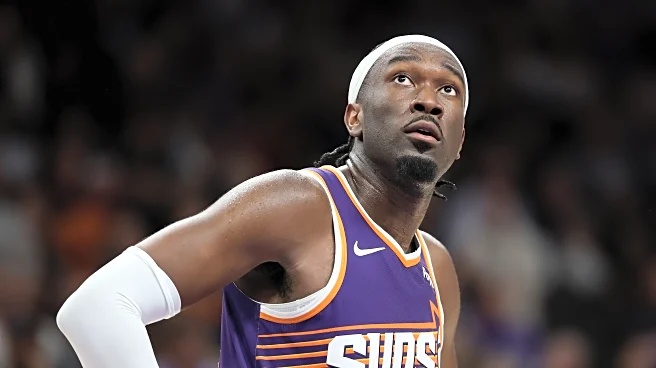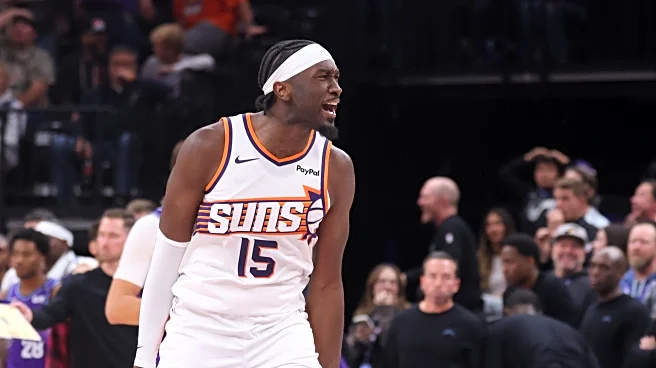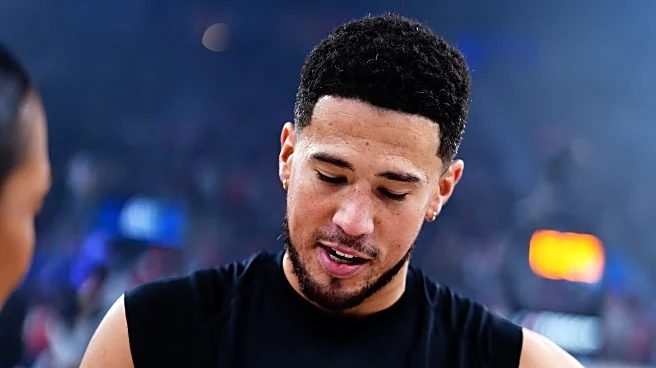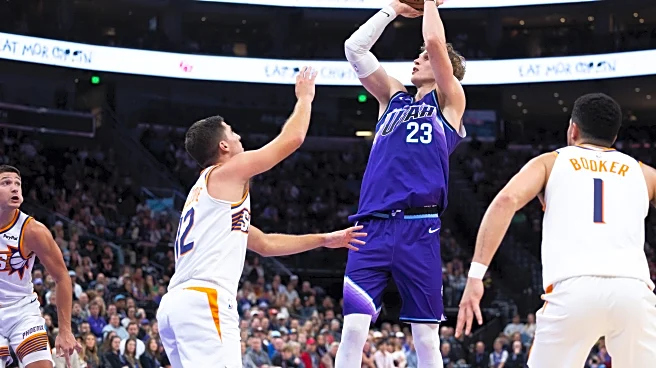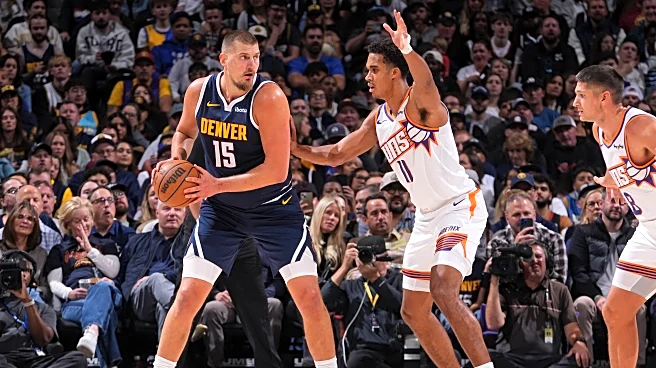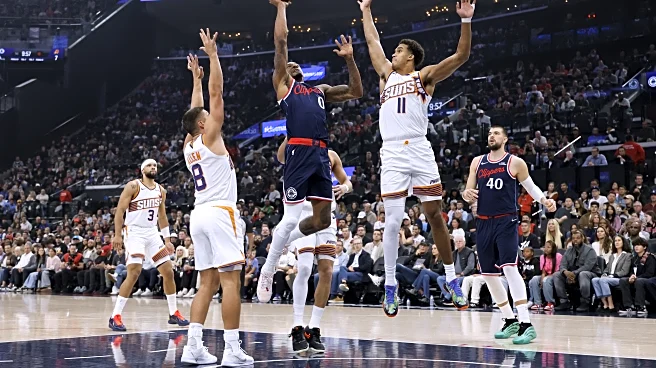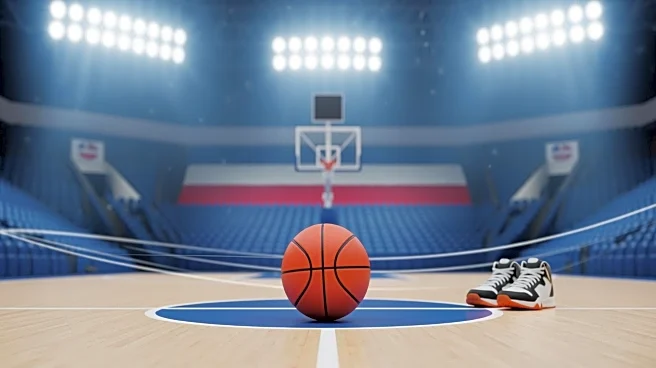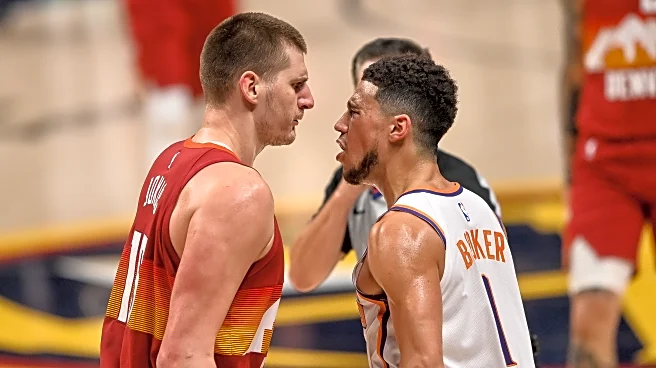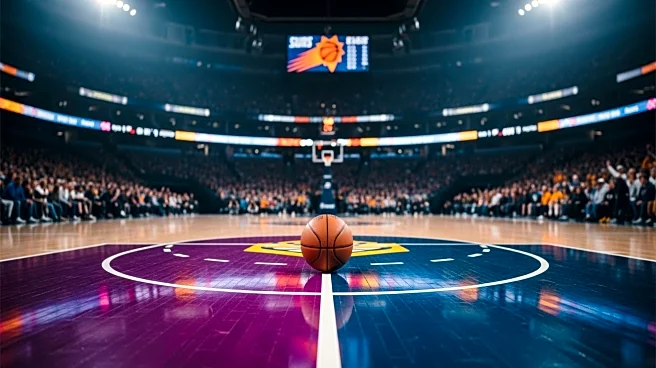When you get something new, you want to see it, play with it, enjoy it. In basketball, though, newness can trick you. A shiny new piece doesn’t always mean instant production.
Case in point? Khaman Maluach.
Through his first four games as a rookie, including nights when Mark Williams was out for rest or on limited minutes, we’ve barely seen him. Two games. Seventeen total minutes. The team could have used his size in a loss to the Jazz, one in which they were abused on the boards. So naturally, the murmurs have started for a team sitting at 1-3. The question hangs in the air, why aren’t we seeing more Khaman?
It’s a fair question. He’s 7’2” and fills a glaring need for a team struggling defensively. Opponents are shooting 49.4% from the field, the fifth-highest mark in the league. You’d think a towering presence in the paint might help. If this season is about building a foundation and developing youth, then why hasn’t this particular piece started getting developed?
If this were March, I’d be right there with the pitchforks. But it’s October. Early days. So I temper my judgments and seek to understand why. Why is Oso Ighodaro getting the starts instead of Mark Williams? Why aren’t we seeing for Maluach? Why is the team focused on Oso rather than other resources they have available?
The reason we haven’t seen much of Khaman yet is simple. It’s part of the plan (I assume). The team isn’t holding him back. They’re slow-cooking him. Development takes time, and it looks like the Suns are willing to wait.

If development is the mantra this season, then the Suns have to be given the space to actually let it happen. Right now, that means Oso Ighodaro is the project on the workbench. The second-year big out of Marquette is getting the reps he needs so the team can figure out what exactly they have in him.
From where I sit, I can already tell you a bit about Oso. And I hope the team sees it as well.
He’s a smart player with a good feel for the game. He can run the floor, finish above the rim, and move well enough to fit into the modern flow of basketball. But there are limits. Defensively, he’s still learning the nuances of positioning and rebounding, and offensively, anything beyond eight feet might as well be the Sonoran Desert. Still, with Jalen Green sidelined, having another guy who can make plays in the flow of the offense has value.
So the Suns are testing, tinkering, and letting Oso run. They’re seeing if he can add a playmaking wrinkle to a starting unit that desperately needs one. And at this point in the season, that approach makes sense. You don’t build development with impatience, you build it with opportunity.
Last night against Utah was a game in which Oso was given the opportunity, and it showcased all of his deficiencies. Honestly? If I’m playing “armchair head coach”? It was a matchup where he should not have started. Utah’s size and length were clear from the opening tip, and it took about 13 minutes of watching Oso on the floor for head coach Jordan Ott to realize that.
Did Coach Ott’s decision to start small cost them the game? Probably. Overall, the team was pounded on the boards to the tune of a 64-48 variance, and while it happened in the 39 minutes Ighodaro was on the bench as well, he was clearly overmatched and overpowered when he was out there. So he shouldn’t have started, and given the size disadvantage, he shouldn’t have seen many minutes.
If only the Suns had some size somewhere…
Why are we seeing more Oso in situations where Maluach seems like the better fit? That’s the question that keeps coming back around. My assumption? The developmental timeline.
Everyone wants to see more of Maluach. He’s the shiny new toy, the mystery box with a seven-foot frame and a lottery pedigree. He looks like the future, and maybe he is. But the word I keep coming back to, the one I’ve been preaching article after article, is patience. With “Man Man” (still not sure I’m buying that nickname), the Suns are showing exactly that. Patience.
A rookie’s confidence is fragile, and at 19, Maluach is still learning what it means to be a professional. You don’t throw a kid like that into the deep end and expect him to swim laps against grown men who’ve been doing this for a decade. You ease him in. You let him feel the pace, the contact, the chaos of NBA basketball, then build from there.
Add in the fact that he’s behind Mark Williams and Nick Richards — two bigs the team is still evaluating for possible extensions — and the situation makes some sense. There’s a process in motion, even if it doesn’t satisfy the curiosity of the fan base. Even if it does not meet my personal “put Khaman in there!” exclamations at the television set.
Eventually, though, his time will come.
As the season unfolds and the team continues its developmental path, I expect Maluach to start carving out real minutes. And maybe even real production. His skill set can actually make life easier for Oso Ighodaro too. Maluach can stretch the floor, something Ighodaro, Williams, and Richards can’t do. Picture lineups where Maluach drifts to the perimeter while Oso works inside, or the reverse, with Maluach anchoring the paint and Ighodaro running actions from the elbow. That kind of versatility is what this staff will eventually want to explore.
But that’s all down the road. Right now, Maluach is a mop-up duty guy, learning from the sideline and getting his feet wet when the game is decided. That’s fine, I guess. There’s no rush. His time will come. The key is letting it come naturally, at the right pace, with patience. The same word that keeps coming up, because it’s the only one that matters right now.

